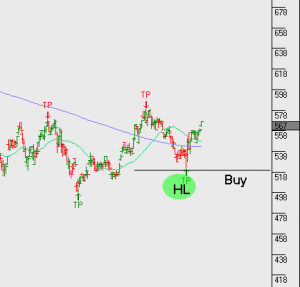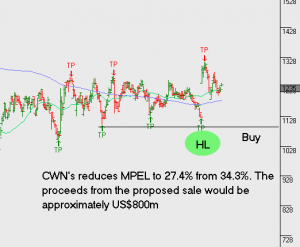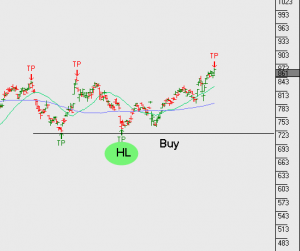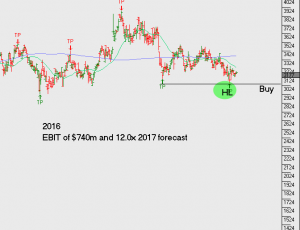US Macro
US Macro
It’s often said that the time to worry about the US Dollar is when everyone is optimistic. With the FED seemingly on hold until 2017 and rumors of an impending US recession capping the Greenback over the last quarter, committed USD bulls have been few in numbers.
However, from both a technical and fundamental perspective, the USD had a very good week last week. The economic data points were helpful with Service Sector ISM printing its highest number of the year; including forward looking gains in export orders. The Headline Non-Farm Payroll (NFP) numbers snapped back by 287,000 new jobs, which was the strongest employment gain in eight months.
Looking ahead, we expect the US inflation data later in the week to reflect the firmer tone of the growth aggregates as the Atlanta FED GDP tracker is now showing the Q2 rebound could reach 3%. This is at a time when EU data is well and truly rolling over, the fallout from the UK “Brexit” vote is still be calibrated and Japanese officials are scrambling for solutions for rising deflation and falling economic growth.



